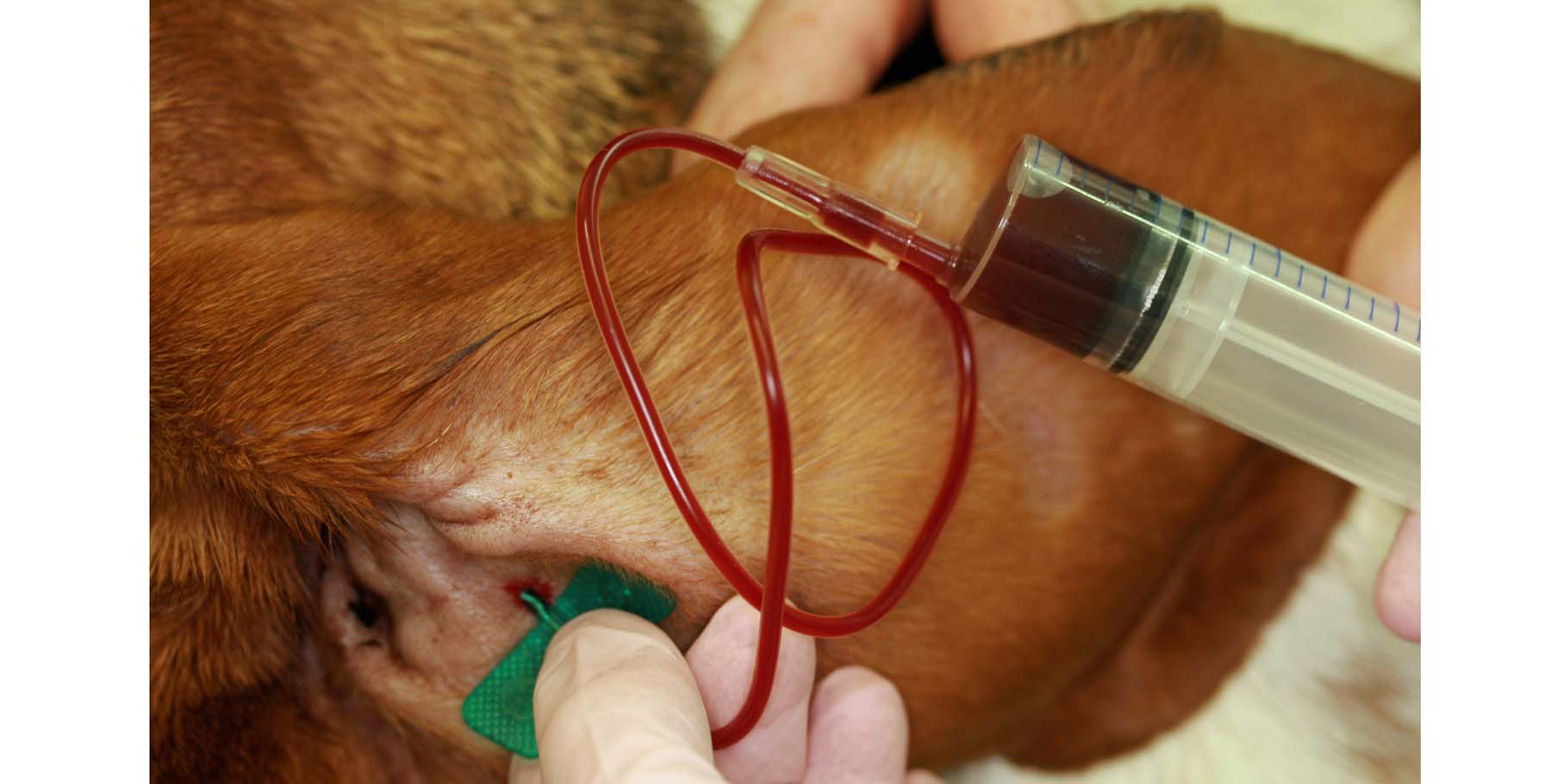Definition
An adverse reaction to the ingestion of a food or a food additive
Prevalence
This condition is uncommon, with a reported incidence in dogs varying from only 1-5% of all skin conditions despite lay opinion. Cats appear to have a higher incidence of dietary intolerance than dogs. This condition can occur in conjunction with other allergic conditions and consequently it can be difficult to diagnose and document in patients with multiple allergies. It is estimated that 75% of dogs diagnosed with CAFRs have other significant and concurrent hypersensitivities. These reactions are most often the results of a dietary protein causing an immune reaction.
Olivry and Mueller (BMC Veterinary Research (2017) 13:51) concluded that ‘among dogs and cats with pruritus (itchiness) and those suspected of allergic skin disease, the prevalence of CAFR is high enough to justify this syndrome to be ruled-out with a restriction (elimination)-provocation dietary trial. This must especially be considered in companion animals with nonseasonal pruritus or signs of allergic dermatitis’: https://www.biomedcentral.com/collections/catsfoodreactions
Food Allergens
There are many documented dietary allergens – the most common offenders in dogs include cereals (gluten), dairy products and beef, and in cats, dairy products, beef and fish. Note that these are all proteins. For further information see: Mueller et al. BMC Veterinary Research (2016) 12:9 – https://www.biomedcentral.com/collections/catsfoodreactions
There have been no confirmed cutaneous adverse food reactions to ‘additives’.
A comprehensive diet history is ideal for ruling out known exposure to various proteins and to aid in selection of a suitable trial diet. Unfortunately the ingredients in the majority of commercial pet food diets are incompletely displayed and advertising is frequently misleading. Hidden allergens are found in inadequately labelled foods – animal fats, meat by products, meat and bone meal, gravy and flavouring agents. The 2013 European horse meat scandal in which foods advertised as containing beef were found to contain undeclared or improperly declared horse meat is a point in case.
Similarly if a pet diet labelled as having a single protein source is made in a processing plant that handles other proteins then accidental cross-contamination is almost inevitable. Even a butcher’s knife used to cut up raw meat for use in a home-made diet could be contaminated with other meat proteins, resulting in persistence of a dietary hypersensitivity despite the feeding of a single protein source which is truly non-allergenic for the specific case. In order to avoid cross-contamination, the manufacturers of high-spec elimination diets go to great lengths to deep-clean their production lines to ensure only select ingredients are included in their product. This is another reason for the greater expense of these diets.
Olivry & Mueller (BMC Veterinary Research (2018) 14:24) concluded : ‘The mislabeling of pet foods appears rather common, even in those with “novel” or “limited” ingredients proposed for elimination diets. Unexpected added ingredients are more frequently detected than those missing from the label. The testing of hydrolysate-containing pet foods (see below) found only one instance of possible mislabelling: https://www.biomedcentral.com/collections/catsfoodreactions
Here is a link to a recent, peer-reviewed scientific article ‘Detection of DNA from undeclared animal species in commercial elimination diets for dogs using PCR (Horvath-Ungerboeck et al., Vet Dermatol 2017: 28: p373-376) in which 9/12 diets tested had protein contamination – one over-the-counter ‘single protein’ source diet had five other detectable proteins: http://onlinelibrary.wiley.com/doi/10.1111/vde.12431/full
This paper backed up the findings of a previous article ‘Detection of undeclared animal by-products in commercial canine canned foods…’ (Hseih et al., J Sci Food Agric 2016: 96: p1659-1665).
A historical hypothesis has persisted into modern day which is based on nothing more scientific than simple colour- association. Healthy skin is pale pink, almost white and inflamed skin is dark pink, almost red. So it has been assumed that white or pale meats, such a chicken or fish, are considered less likely to cause inflammation than dark or red meat. But if a pet has only ever been fed a white meat it does not mean that it cannot develop a dietary intolerance.
Clinical presentation
Clinical signs are vary variable, non-specific and mimic many other dermatological conditions – most commonly, non-seasonal itchiness is described (bite, chew, itch, lick, scratch, rub…). Areas most commonly affected in dogs include under the tail, ears (sometimes alone and even illogically unilaterally), paws and groin, and in cats face, neck and ears. The gastrointestinal (10-15%), respiratory or nervous systems may also be affected by dietary constituents.
Diagnosis
A pet needs to be placed on a strict, single protein source, exclusion diet that avoids all proteins that have been previously fed and any that might be very similar at a molecular level to a previously fed protein. This is undoubtedly the best and most accurate way to diagnose an adverse reaction to food. There are currently no reliable, sensitive nor specific blood or salivary tests. The best available blood tests may help to predict the most suitable diet to use for an exclusion diet! In the recent past, a representative, from one of the largest international veterinary laboratories, was asked, at a UK specialist dermatology meeting, how his laboratory could justify offering ‘food allergy blood tests’. His answer was only to say that vets and owners wanted a blood test to diagnose food allergies. No scientific justification was forthcoming…
Mueller and Olivry (BMC Veterinary Research (2017) 13:275) concluded that ‘testing for serum food-specific IgE and IgG showed low repeatability and, in dogs, a highly variable accuracy. In cats, the accuracy of testing for food-specific IgE was low. Currently, the best diagnostic procedure to identify AFRs in small animals remains an elimination diet with subsequent provocation trials’: https://www.biomedcentral.com/collections/catsfoodreactions
Here is Royal Canin’s Elimination diet leaflet, outlining the diets in their dermatological range: RC Sometimes Problem Skin is more than a Skin Problem






